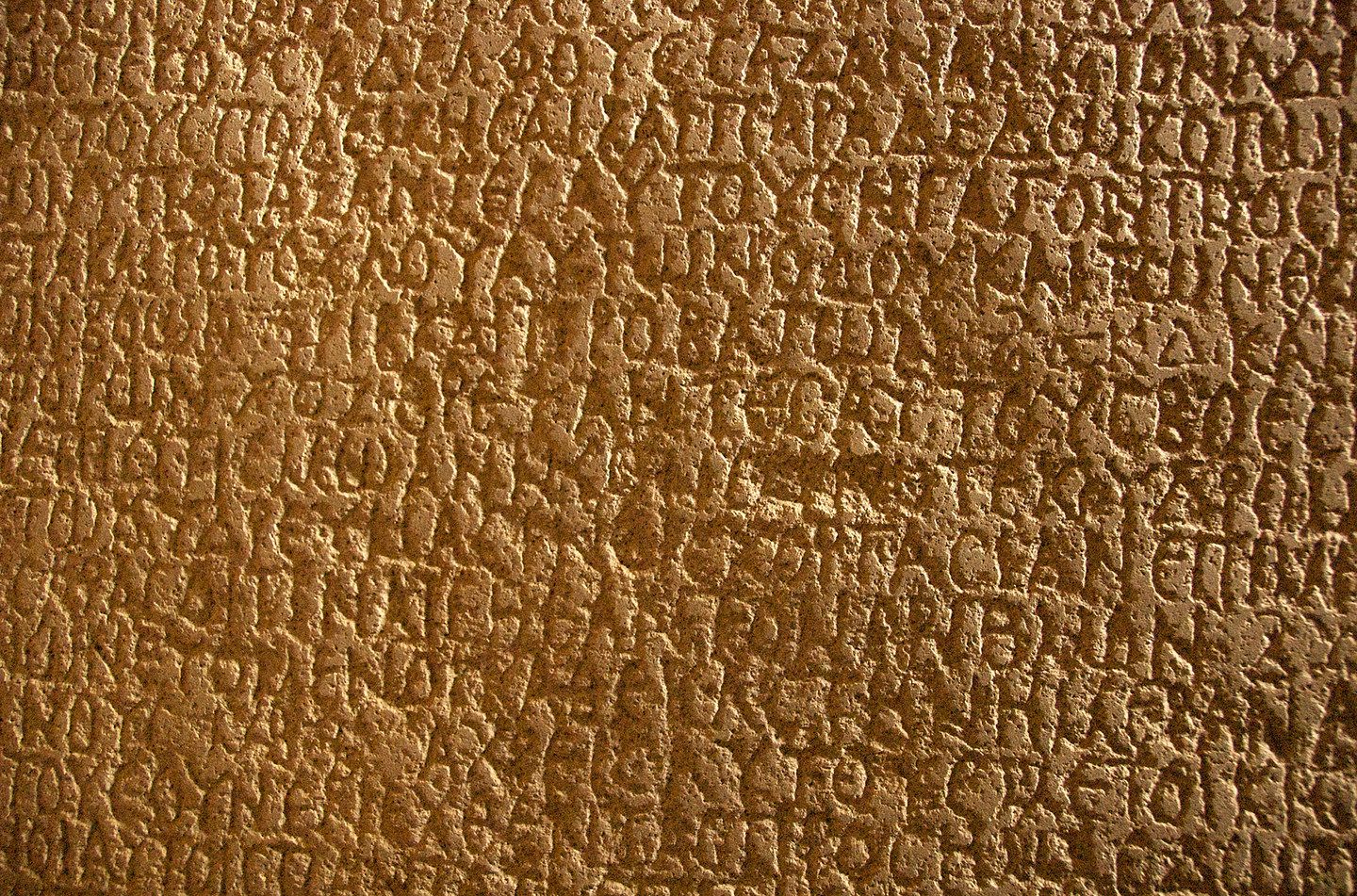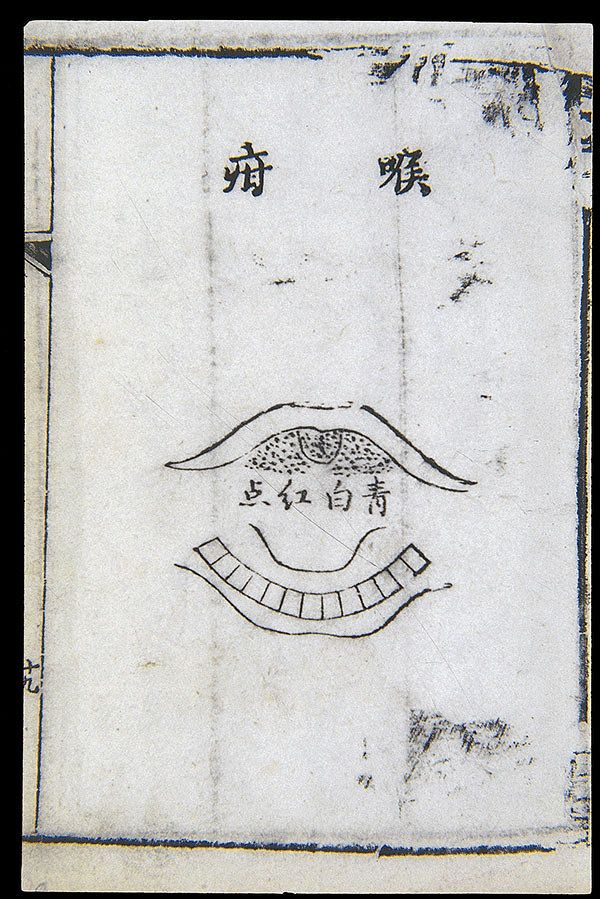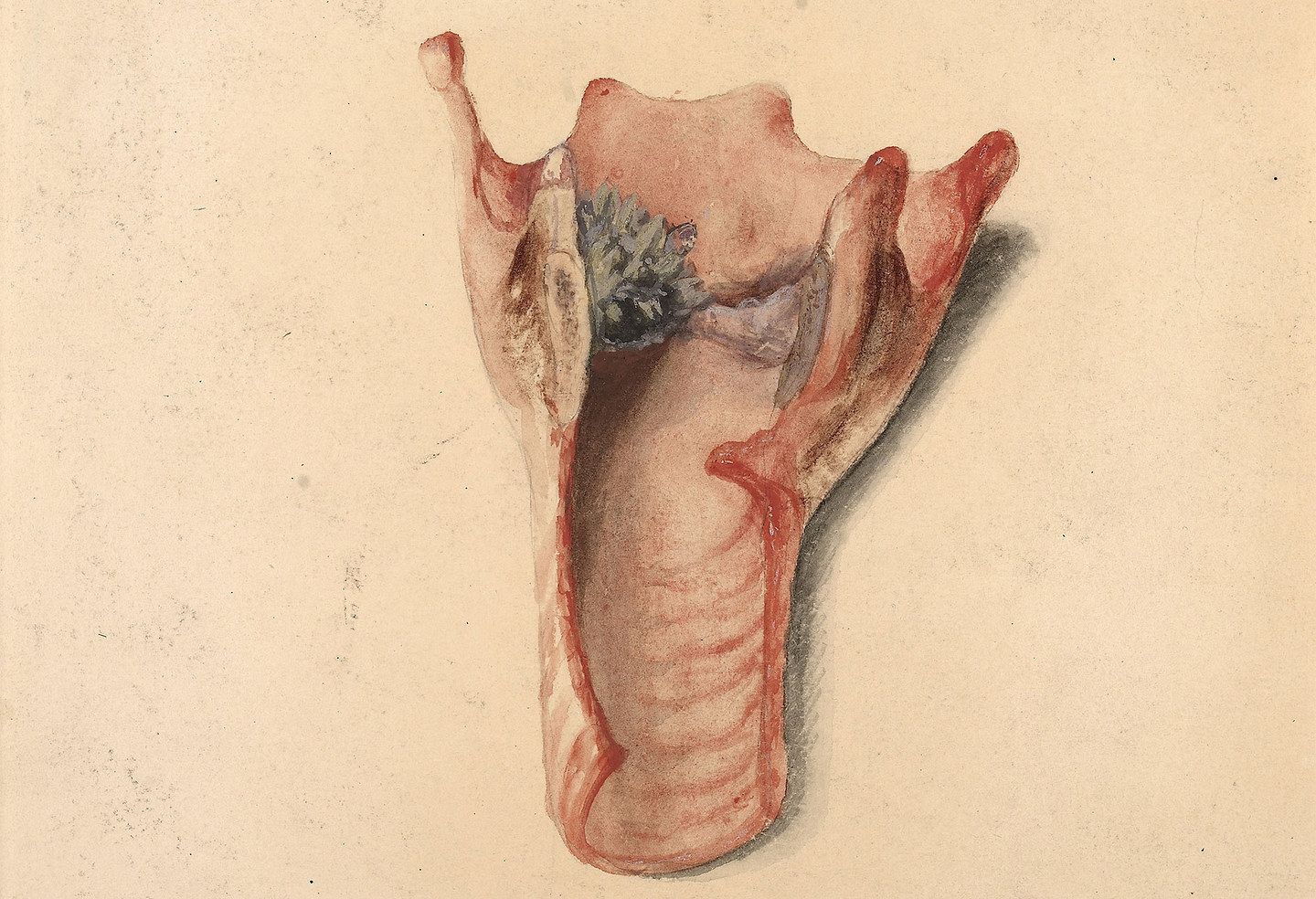Editors’ Note:
Following the column’s launch last month, the second essay we translated is titled “More Than One Language” by French philosopher and philologist Barbara Cassin, first published in March 2017 in French, translated into English and now into Chinese.
In Cassin’s articulate, accessible and heartwarming texts, she generously walks us through the meaning of maternal language, the invention of the concept of “Barbarism,” the false sense of belonging of languages, the importance of translation, and the intriguing connection between homonyms, the untranslatable, and cultural diversity. Most importantly, she points out that when we speak more than one language it “forbids us from believing that we are the only ones who possess the truth,” that language does not belong to “a nation or a country.” This sense of “not belonging” also means “when you speak a language, you are the one that belongs to it as much as it belongs to you. Within it, you can always invent but ultimately, through you, thanks to you, it is the one that is constantly inventing itself. You are not the one who possesses it because it is the one that obligates and makes you. It doesn’t belong to you: you belong to it and it belongs to people other than you.” Pointedly, language should not be locked in a narrow nationalist confinement. Cassin’s words echo well the intention of this column. Every language carries a set of knowledge and experience, a cosmos, a world. Through the work of translation, we hope to open up many worlds to you and to ourselves.
This is part of e-flux in Chinese Column, a collaboration between Heichi Magazine and e-flux journal, with curator and writer Xiaoyu Weng as the column’s guest-editor.
More Than One Language from e-flux journal #80 – March 2017, read the original article here. Click here to read the essay in Chinese. Translated by Yufan Lu, co-edited by Xiaoyu Weng and Qianfan Gu.


